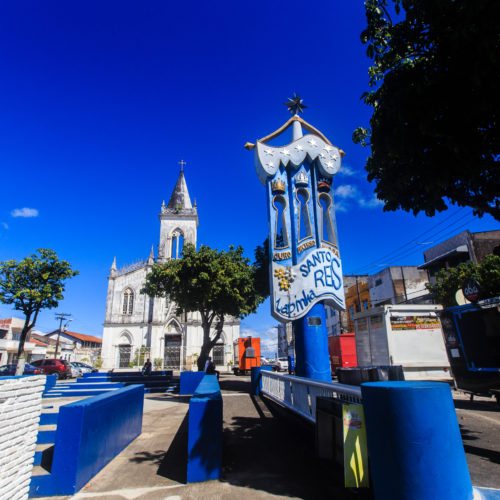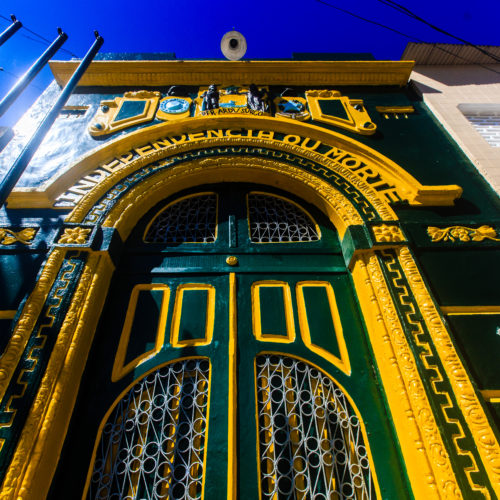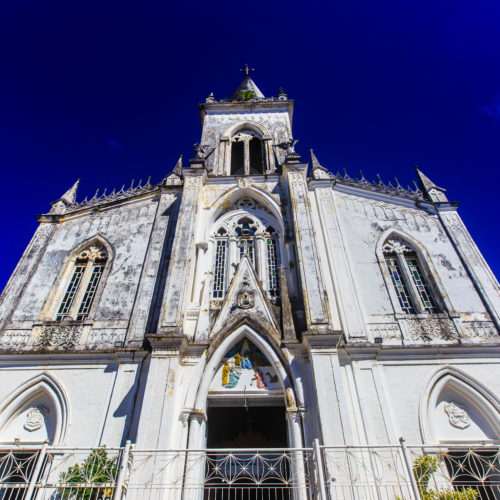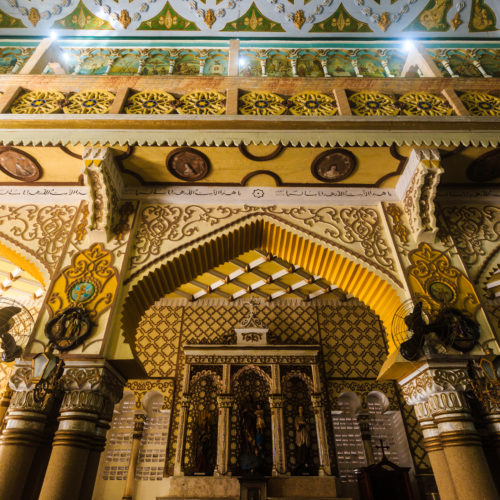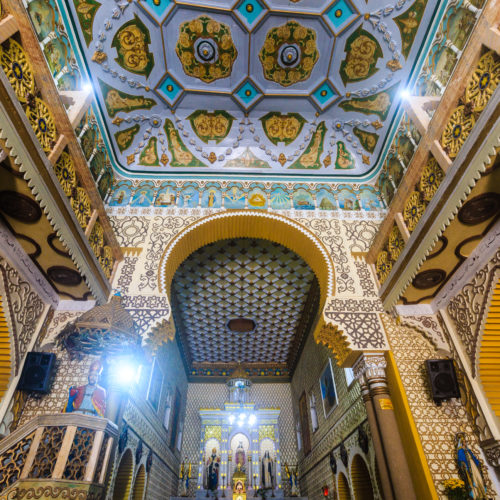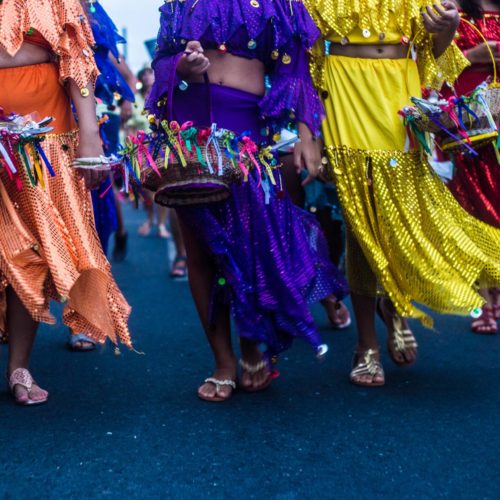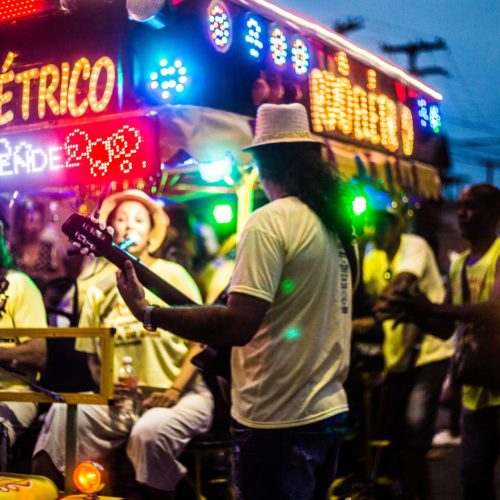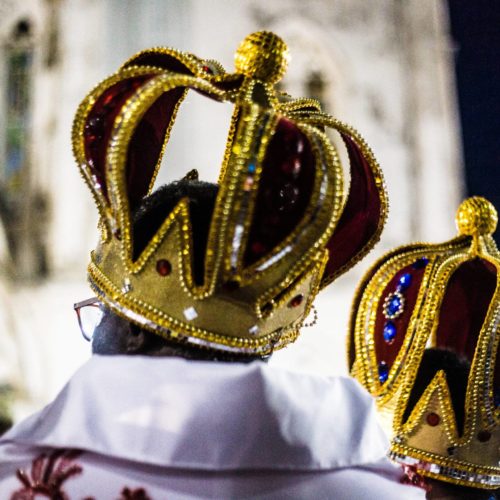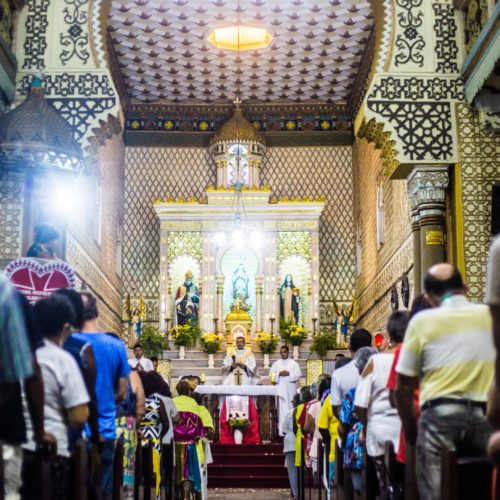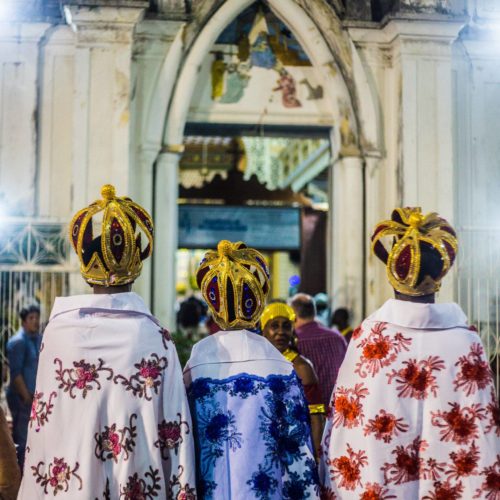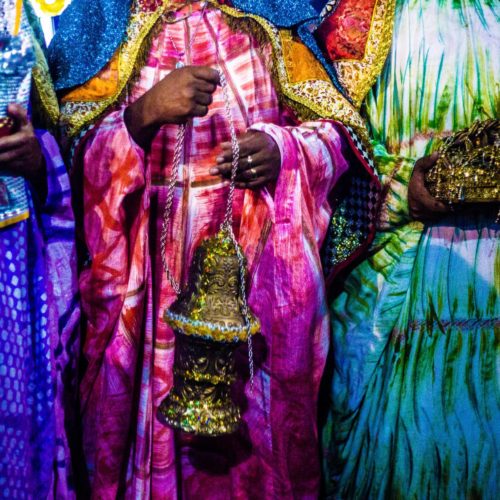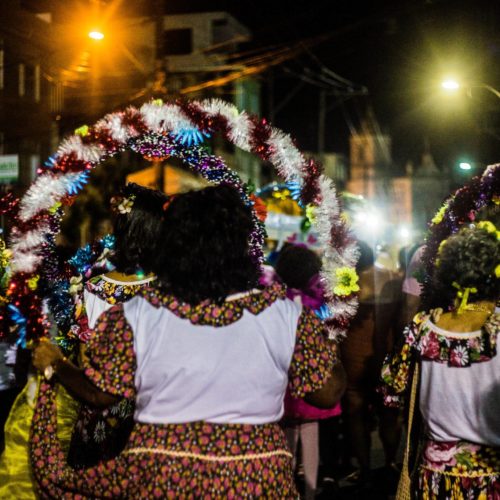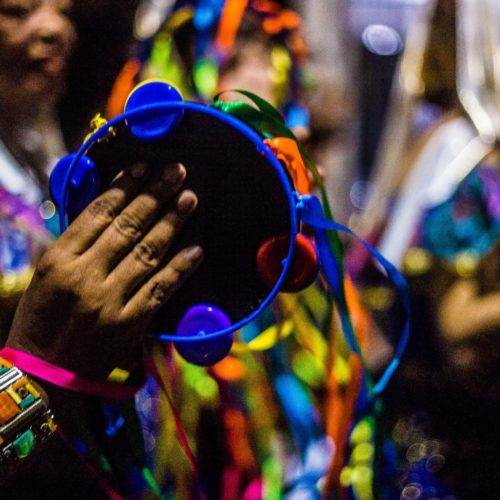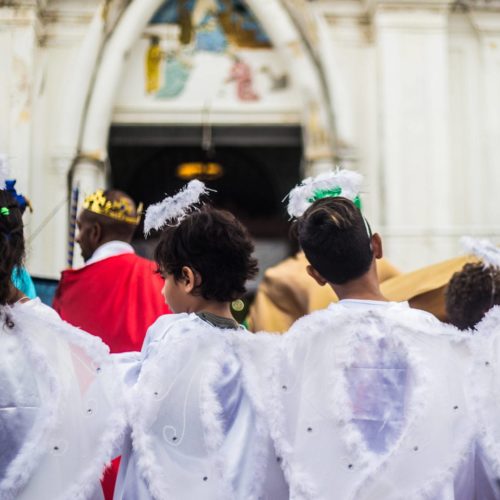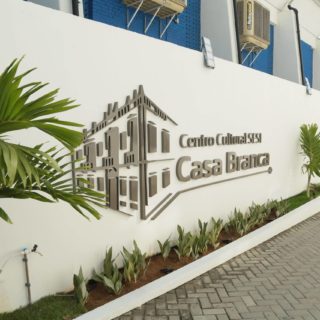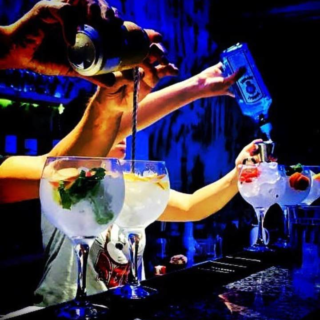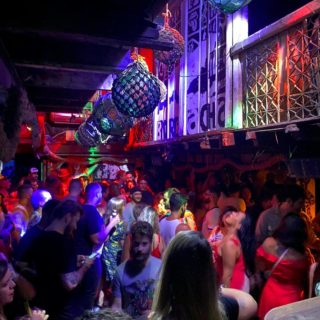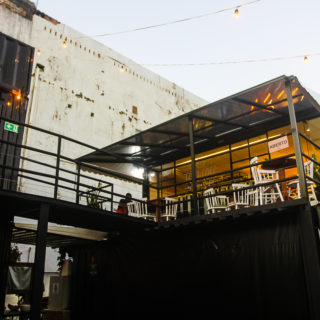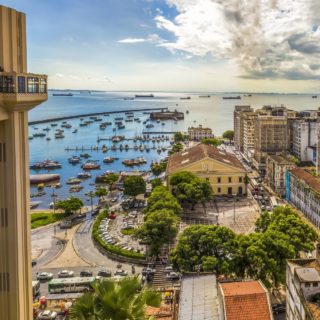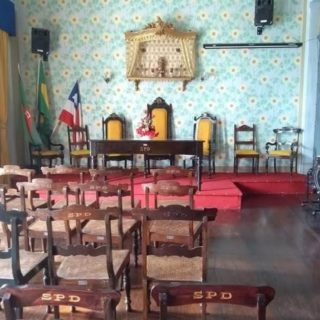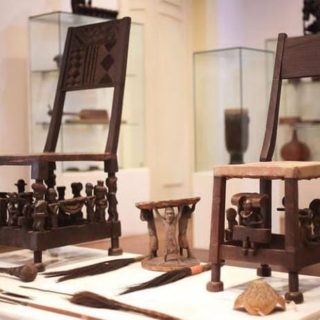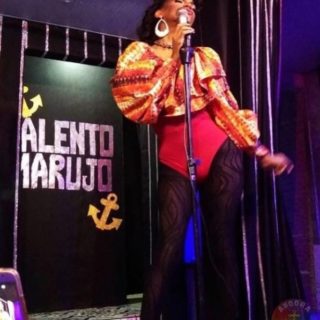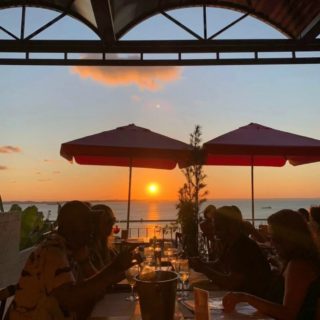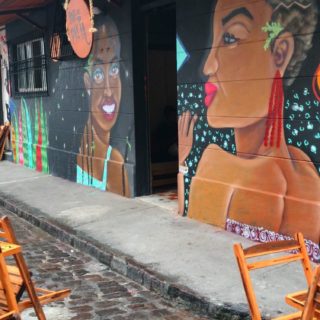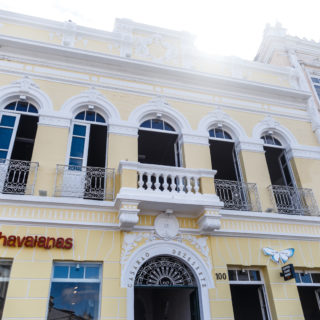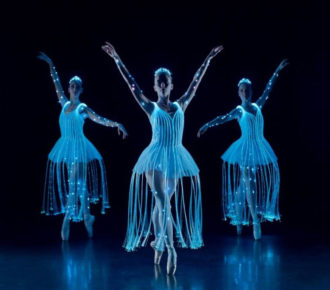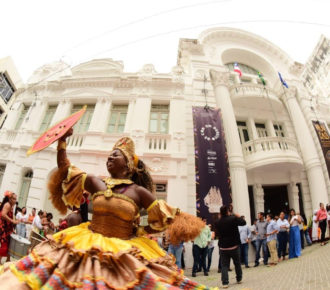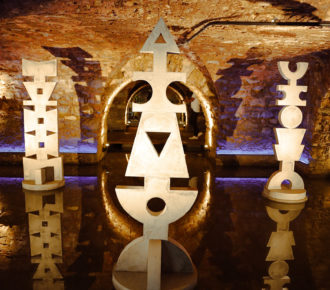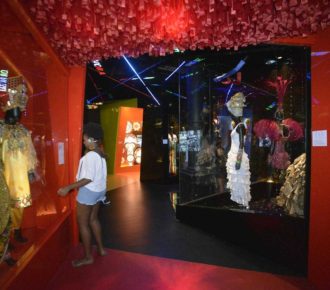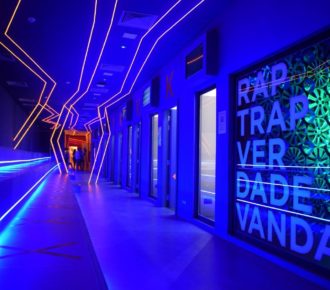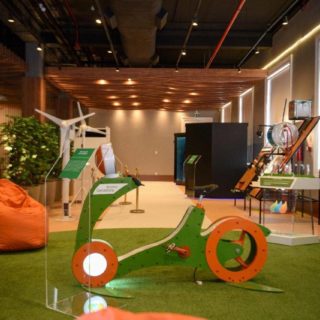
Traditional festivals and the Independence of Bahia memories preservation
Discover the neighborhood that is one of the most important in Salvador
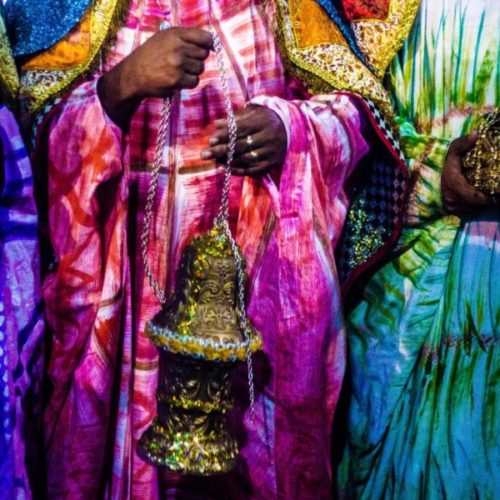
The Lapinha neighborhood is synonymous with party. Located between Liberdade and Soledade neighborhoods, it was founded in 1771 around the Lapinha Chapel. Since then, it has become synonymous with tradition. On its streets, on July 2, 1823, the Brazilian Army passed, in the conquest of Salvador that marked the Independence of Brazil in Bahia. The neighborhood, until today, hosts the celebrations of “Dois de Julho” (2 of July) – the most important civic date in the state.
Largo da Lapinha is also the traditional stage for the celebration of “Festa de Reis”, which always takes place in January. The streets of the neighborhood – formed mostly by old mansions – get crowded to celebrate the traditional festival that mixes religion with folkloric manifestations outside the Church of Lapinha.
Lapinha has traditional parties and is a symbol of the preservation of the memories of Brazil’s independence in Bahia. But, in addition, it has a lively nightlife with charming places. Get to know them!
The house of caboclos
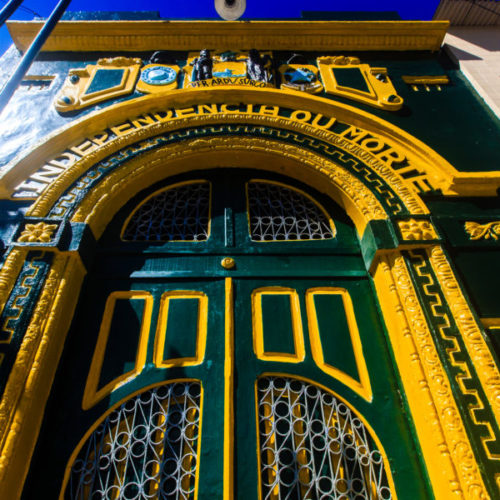
The 2 of July is the most important civic date in Bahia. On that day, Lapinha is crowded with tourists and Bahians to watch the civic procession pass by, pulled by the “caboclo” and “cabocla” cars. Since August 1923, caboclo and cabocla cars have been kept in Pavilhão Dois de Julho (“Pavilhão da Independência” – Pavilion of Independence).
Caboclos are icons of popular participation in the struggles for Bahian independence. The Pavilion is always open on the eve of the civic parade so that people can visit it. The Lapinha Church, founded in 1771, is located in the square with the same name, next to Pavilhão Dois de Julho. There, the “Terno de Reis” party takes place.
Historic mansions
When thinking about architecture, there is hardly any reference to the Lapinha neighborhood in Salvador’s history. But this is a big mistake. The neighborhood has a large collection of old mansions, built in the late 19th century under Portuguese influence, which at that time were called manor.
Built mostly with orange-colored massapé brick, they normally have two floors. One of these mansions houses the Vila Vicentina Municipal School. The building dates back to 1920. The school consists of two mansions, with two floors each, and an attic, in addition to two smaller houses.
Religion
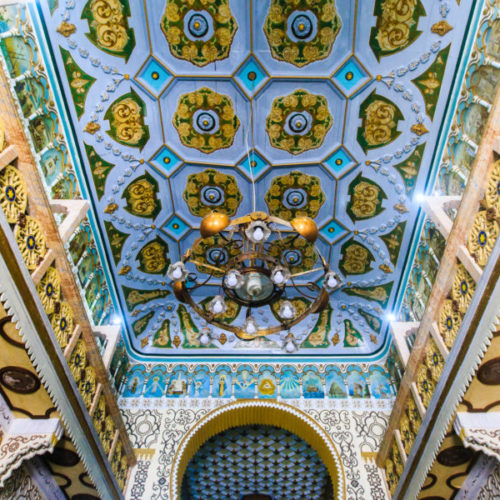
Lapinha has a strong connection with the Catholic religion. In the neighborhood, there was a colonial chapel of São Cosme e Damião, where the first Terno de Reis parties took place in the city.
One of the most important religious buildings in the country is located in the neighborhood. It is the Church of Our Lady of Conceição da Lapinha, built in 1771. According to the Ministry of Foreign Affairs, it is the only Moorish style church in Brazil. After undergoing major transformations, its facade was inverted: previously, it was facing the sea; it is currently facing the square.
In 1972, the chapel became a parish, with Gothic and colonial features, in devotion to Our Lady of Conceição da Lapa.
Delicious!
Lapinha doesn’t live by history and heritage alone. The main square in the neighborhood has an effervescent and contemporary night with bars that occupy large old mansions. “Entre Folhas e Ervas” is an example of this. Occupying a charming mansion, the restaurant also functions as a concert space. On Saturdays, the famous samba circles attract residents from all sides of Salvador, as well as tourists. All of this accompanied by tasty delicacies of Bahian cuisine with emphasis on the smoked meat “escondidinho”.
Ah! And if you arrive early, there is still time to get organized to give your look an upgrade. Close to the restaurant, there is the charming Linha 8 Barbershop that pays homage to the famous bus line that circulates in the region. The barbershop is modern and has become a darling of Salvador. It also has an integrated bar where you can try drinks and craft beers.
If you want to take an immersive tour in the neighborhood, start by reading this incredible article by Ive Deonísio and Luriana Morais (@seessarua_fosseminha). The tips are great.

